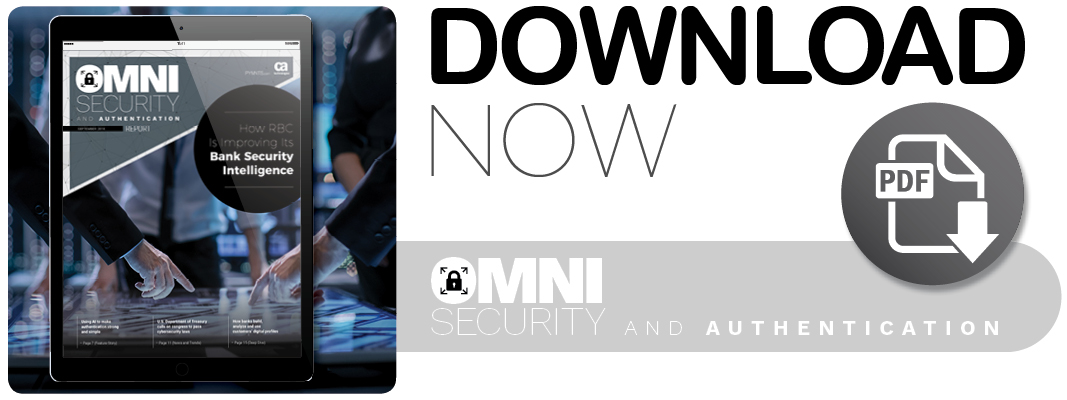DEEP DIVE: How Banks Use Data To Build Customer Profiles

PYMNTS examines the latest threats to digital banking platforms, and how FIs are looking to stop fraudsters in their trackers.
Connected devices’ popularization and widespread adoption have given businesses in all industries access to an abundance of behavioral insights. After all, more than 4 million connected devices produce more than 2.5 exabytes — equivalent to 2,500 kilobytes — of data per day, according to recently published research. That’s a greater amount of data generated over the past two years than ever before.
Banks and FIs can now tap into this data to learn about the services customers value most and how they can keep consumers happy. It gives them a deeper look into who their customers are, too, including where, when and how they typically interact with bank interfaces. The data further allows FIs to build personalized profiles based on customer habits, then use said profiles to authenticate and validate identities and transactions — which will only be more helpful to customers as personalization has become an expected experience.
Using data to build a profile
Customer profiling has become an essential asset of an FI’s security and authentication suite. Banks begin building profiles using internal data, like revenue generated by the customer, products and channels used most often and how quickly he or she responds to notifications. They then supplement this information with third-party data, which helps them understand how a customer interacts with other companies or organizations.
Financial firms can create a rich, full picture of a customer’s habits, both online and offline, in that customer profile. Profiles can then be analyzed and used to make tailored decisions, including which promotions to offer a customer, which products to push most heavily and how legitimate his or her transactions look.
These processes are typically automated, helping FIs more quickly identify suspicious transactions and often catching fraudsters in the act. Automation also allow consumers to enjoy a seamless experience while benefiting from strong security and authentication. In addition, consumers avoid frictions like security questions or long, complicated authentication checks because data is automatically collected and analyzed.
Analyzing and authenticating
Customer profiles can also be used to protect money. Each time a customer logs into an online or mobile bank account, for example, or attempts to complete a transaction, that action is compared to his or her profile. If the transaction falls outside typical habits, it is flagged for further authentication and evaluation.
More than 2.5 exabytes per day might sound like a colossal amount of data, but banks will likely have more of it coming their way before too long. Consumers are increasingly using connected devices to view their bank account balances, send money to friends and family via P2P apps like Zelle or Venmo and even apply for loans or other bank products — all of which becomes usable data. This additional data should allow FIs to build deeper consumer profiles and better understand their habits and preferences.
Stringent security and protection will be crucial for companies in the financial services space as FIs and their customers continue to conduct more business via online, mobile and other digital channels. Seventy-five percent of companies have been fraud victims in the past year, according to McKinsey and Company data, and 73 percent of financial professionals reported being targeted — a noticeable increase over previous levels.
It appears investing in developing and analyzing customer data and digital profiles may hold the most promise for firms looking to protect themselves against cybercriminals and improve efficiency in the banking space.

